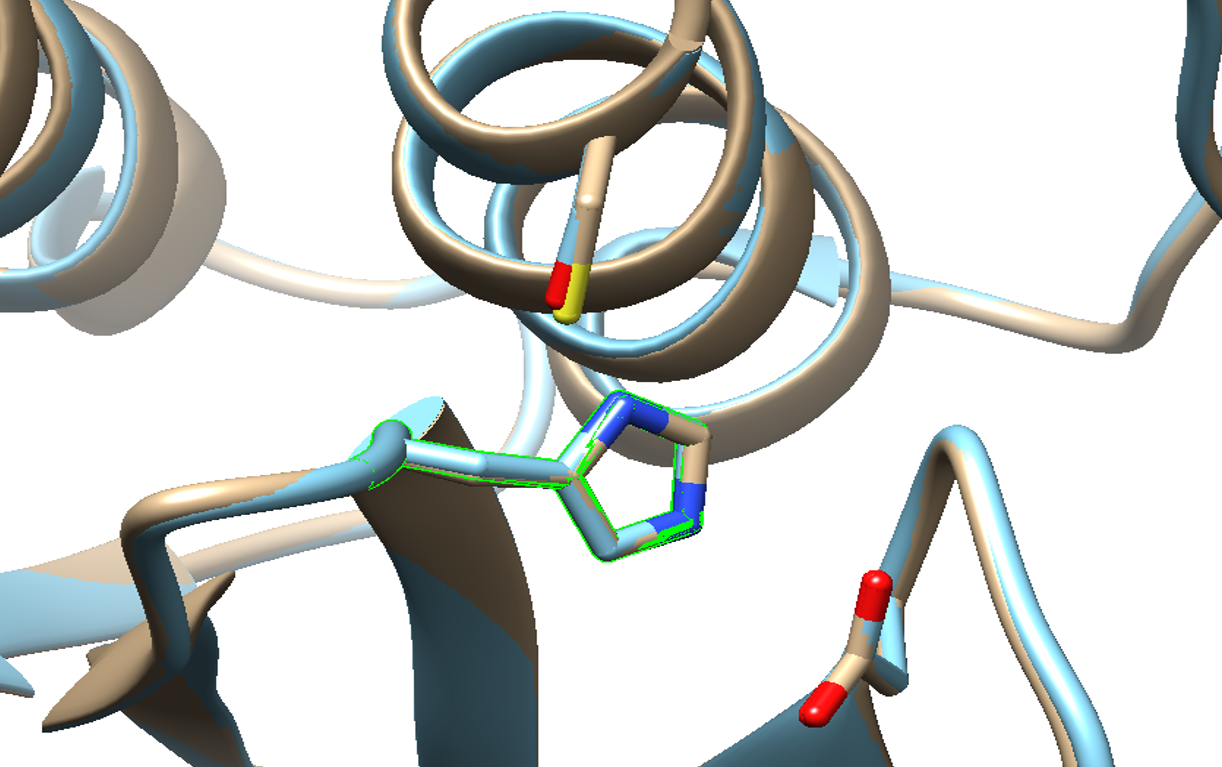SENP1 on:
[Wikipedia]
[Google]
[Amazon]
Sentrin-specific protease 1 is an

enzyme
An enzyme () is a protein that acts as a biological catalyst by accelerating chemical reactions. The molecules upon which enzymes may act are called substrate (chemistry), substrates, and the enzyme converts the substrates into different mol ...
that in humans is encoded by the ''SENP1'' gene
In biology, the word gene has two meanings. The Mendelian gene is a basic unit of heredity. The molecular gene is a sequence of nucleotides in DNA that is transcribed to produce a functional RNA. There are two types of molecular genes: protei ...
.
General
There are six known SUMOproteases
A protease (also called a peptidase, proteinase, or proteolytic enzyme) is an enzyme that catalyzes proteolysis, breaking down proteins into smaller polypeptides or single amino acids, and spurring the formation of new protein products. They do ...
in humans that have been designated SENP1-3 and SENP5-7 (sentrin/SUMO-specific protease). The six proteases possess a conserved C-terminal
The C-terminus (also known as the carboxyl-terminus, carboxy-terminus, C-terminal tail, carboxy tail, C-terminal end, or COOH-terminus) is the end of an amino acid chain (protein or polypeptide), terminated by a free carboxyl group (-COOH). When t ...
domain which are variable in size, and with a distinct N-terminal
The N-terminus (also known as the amino-terminus, NH2-terminus, N-terminal end or amine-terminus) is the start of a protein or polypeptide, referring to the free amine group (-NH2) located at the end of a polypeptide. Within a peptide, the amin ...
domain between them. The C-terminal domain shows catalytic activity
Catalysis () is the increase in rate of a chemical reaction due to an added substance known as a catalyst (). Catalysts are not consumed by the reaction and remain unchanged after it. If the reaction is rapid and the catalyst recycles quick ...
and the N-terminal domain regulates cell localization and substrate specificity.
Features
SENP1 (Sentrin-specific protease 1) is a human protease of 643 amino acids with a molecular weight of 73 kDa, EC number in humans 3.4.22.B70. It adopts a conformation that identifies it as a member of the superfamily of cysteine proteases, which contain a catalytic triad with three characterized amino acids: acysteine
Cysteine (; symbol Cys or C) is a semiessential proteinogenic amino acid with the chemical formula, formula . The thiol side chain in cysteine enables the formation of Disulfide, disulfide bonds, and often participates in enzymatic reactions as ...
at position 603, a histidine
Histidine (symbol His or H) is an essential amino acid that is used in the biosynthesis of proteins. It contains an Amine, α-amino group (which is in the protonated –NH3+ form under Physiological condition, biological conditions), a carboxylic ...
at position 533 and aspartic acid
Aspartic acid (symbol Asp or D; the ionic form is known as aspartate), is an α-amino acid that is used in the biosynthesis of proteins. The L-isomer of aspartic acid is one of the 22 proteinogenic amino acids, i.e., the building blocks of protei ...
at position 550.
The primary nucleophile is cysteine located at the N-terminal alpha helix
An alpha helix (or α-helix) is a sequence of amino acids in a protein that are twisted into a coil (a helix).
The alpha helix is the most common structural arrangement in the Protein secondary structure, secondary structure of proteins. It is al ...
of the protein core. The other two amino acids, aspartate and histidine, are located in the end of a beta sheet
The beta sheet (β-sheet, also β-pleated sheet) is a common motif of the regular protein secondary structure. Beta sheets consist of beta strands (β-strands) connected laterally by at least two or three backbone hydrogen bonds, forming a gene ...
.

Location
Both SENP1 are located in thenucleus
Nucleus (: nuclei) is a Latin word for the seed inside a fruit. It most often refers to:
*Atomic nucleus, the very dense central region of an atom
*Cell nucleus, a central organelle of a eukaryotic cell, containing most of the cell's DNA
Nucleu ...
and cytosol
The cytosol, also known as cytoplasmic matrix or groundplasm, is one of the liquids found inside cells ( intracellular fluid (ICF)). It is separated into compartments by membranes. For example, the mitochondrial matrix separates the mitochondri ...
depending on the cell type, although it has been seen to be exported out from the nucleus to the cytosol through a sequence of nuclear export (NES) that is located at the C-terminus. The mammalian SENP1 is localized mainly in the nucleus.
Function
SENP1 catalyzes maturation ofSUMO protein
In molecular biology, SUMO (Small Ubiquitin-like Modifier) proteins are a Protein family, family of small proteins that are covalent bond, covalently attached to and detached from other proteins in cell (biology), cells to modify their function. T ...
(small ubiquitin-related modifier). SENP1 causes hydrolysis of a peptide bond of SUMO in the conserved sequence Gly-Gly-, -Ala-Thr-Tyr at the C-terminus, which can then be conjugated to other proteins (sumoylation
In molecular biology, SUMO (Small Ubiquitin-like Modifier) proteins are a family of small proteins that are covalently attached to and detached from other proteins in cells to modify their function. This process is called SUMOylation (pronounced ...
).
In vertebrates there are three members of the family of SUMO: SUMO-1, -2 and -3. SENP1 can catalyze the maturation of any of these three.
This conjugation of SUMO toward other proteins is similar to ubiquitination, however these modifications can lead to different outcomes depending on the type of protein being modified.
References
Further reading
* * * * * * * * * * * * * *External links
* {{PDB Gallery, geneid=29843